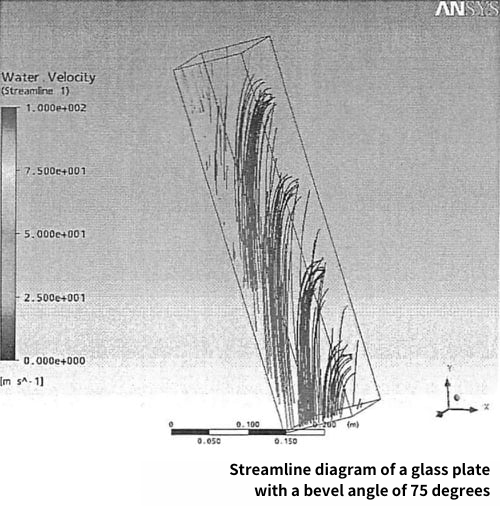ผู้เชี่ยวชาญด้านของไหลที่ LORRIC อุทิศตนให้กับการวิจัยและพัฒนาผลิตภัณฑ์ การปรับปรุง และการให้บริการลูกค้า เป้าหมายของพวกเขาคือการมีส่วนร่วมในอุตสาหกรรมโดยการแบ่งปันความก้าวหน้าทางเทคโนโลยีและเพิ่มขีดความสามารถในการแข่งขัน เมื่อไม่นานมานี้ LORRIC กำลังคิดค้นวิธีการเติบโตไปพร้อมกับอุตสาหกรรมไต้หวันนอกเหนือจากการเปิดตัวอุปกรณ์ตรวจจับของไหลอิเล็กทรอนิกส์ที่เป็นนวัตกรรมใหม่...
คุณ Rui-Teng Lai เป็นผู้ร่วมก่อตั้ง DaoPin Co., Ltd. ซึ่งเป็นบริษัทที่เชี่ยวชาญด้านวิศวกรรมพันธุกรรม อย่างไรก็ตาม การเปลี่ยนผ่านจากระบบหัวฉีดสองของไหลไปสู่วิศวกรรมพันธุกรรม ประสบการณ์การวิจัยด้านพลศาสตร์ของไหลของคุณ Lai ในช่วงปริญญาโทคืออะไร และเราสามารถเรียนรู้อะไรจากสิ่งนี้?
ความคิดเห็นของคุณ Lai เกี่ยวกับระบบหัวฉีดสองของไหล

การศึกษานี้สำรวจผลกระทบของมุมเอียงของแผ่นแบนในระบบหัวฉีดสองของไหลต่อประสิทธิภาพการทำความสะอาด พร้อมทั้งตรวจสอบผลกระทบของมุมเอียงต่อแรงที่เกิดขึ้นที่จุดรองรับในระหว่างการถ่ายโอน...
การเปลี่ยนสู่การวิจัยชีวการแพทย์: เส้นทางและการเปลี่ยนแปลง
หลังจากจบการศึกษาระดับปริญญาโทด้านวิศวกรรมอุตสาหกรรมจากมหาวิทยาลัย Da-Yeh คุณ Lai ได้เข้าร่วมโครงการวิจัยชีวการแพทย์ที่ Academia Sinica ซึ่งต่อมาถูกแยกออกมาเป็นบริษัท DaoPin Co., Ltd.
คุณ Lai กล่าวว่า DaoPin เกิดจากการวิจัยการจัดลำดับพันธุกรรมที่ Academia Sinica โดยเน้นไปที่การระบุเซลล์กลายพันธุ์และค้นหามาตรการตอบโต้ที่แม่นยำ...